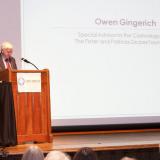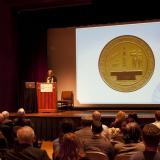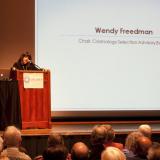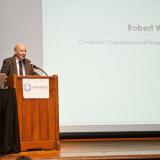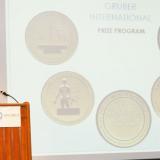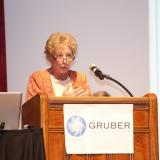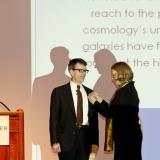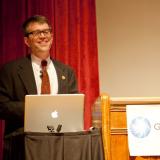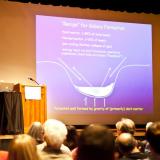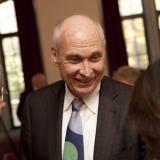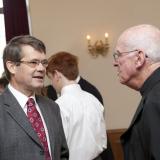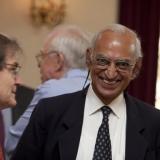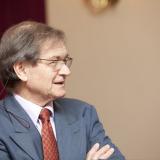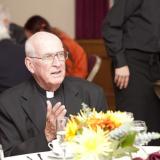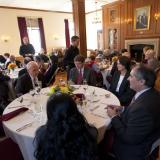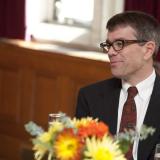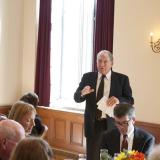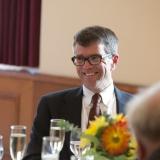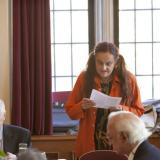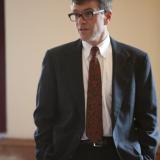2010 Gruber Cosmology Prize
Beginning with a series of breakthrough discoveries in 1995, Charles Steidel has led the exploration of distant galaxies, dating to an era when the universe was only one-tenth its current age, or about 12 billion years ago. That research not only extended astronomy’s reach into the past but expanded cosmology’s understanding of how galaxies have formed and evolved throughout the history of the universe.
2010 Cosmology Prize Recipient
Laureate Profile
Over the past twenty years, Charles Steidel has been at the forefront of developing the techniques and performing the observations that have revolutionized the study of the earliest galaxies in the universe.
In the early 1990s he and his colleagues wrote a series of papers proposing a way to determine whether certain otherwise unidentifiable distant objects were galaxies. Although the astronomers were fairly certain the technique would work in principle, they didn’t know if telescopes were powerful enough to perform the necessary observations. The targets, after all, were 12 billion light-years away—meaning that their light left them when the universe was about one-tenth its current age. Due to the speculative nature of the research, the astronomers would test the technique only while working on other observing programs.
“It was a high-risk side project,” Steidel recalls.
In 1995, Steidel accepted an offer to leave MIT for Caltech in part because Caltech astronomers would have access to the new 10-meter W.M. Keck Telescope in Hawaii, at that time the most powerful telescope on Earth. During Steidel’s first observing run, he and his colleagues “slipped in” a few attempts to identify those distant objects.
“Much to our surprise,” Steidel says, “everything we thought should be there turned out to be confirmed.” The objects were, indeed, galaxies—among the most distant ever discovered. “All of a sudden, I had to drop almost everything else I was working on because, wow, this works!”
Those discoveries led to an astronomical gold rush, as astronomers raced to find more and more distant galaxies at earlier and earlier eras. Steidel, however, preferred to keep looking at the epoch he and his colleagues had opened, and even more recent periods in the history of the universe, where they now knew they had the “tools” to perform the follow-up observations of the galaxies.
“Rather than treating the galaxies like interesting bugs that you’re collecting, one here and one there, we launched into a wholesale study,” Steidel says. “Almost everything I’ve worked on was started at that point, in the sense that we’ve been applying the technique to go after large samples of galaxies and just learn everything we can—the chemistry, the dynamics, the distribution in space. Finding them was only the beginning of the job.”
Citation
The Peter and Patricia Gruber Foundation proudly presents the 2010 Cosmology Prize to Charles Steidel for his groundbreaking studies of the distant Universe.
Professor Steidel pioneered the techniques needed to find young galaxies and led the efforts that have opened a direct observational window to a time when the Universe was only about one tenth of its current age.
This breakthrough has allowed us to witness first-hand the dramatic transformation galaxies undergo throughout their lives, and has revolutionized, challenged, and inspired our current understanding of how structures form and evolve in the Universe.




